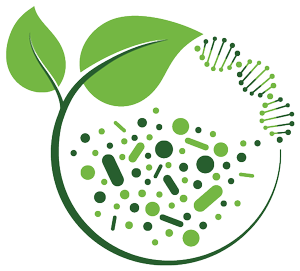Study Pinpoints Most Reactive Areas of Nanoscale Particles
01/11/2017
Key hot spots for chemical reactivity in nanosized platinum and gold particles have been found in the defects and jagged surfaces at their edges. Understanding and customizing the structural properties of these catalysts are important in the production of many industrial products, such as fertilizers, fuel, and plastics, to make them more efficient while remaining unchanged in the process. A team of researchers working at the U.S. Department of Energy’s Lawrence Berkeley National Laboratory (LBNL) and the Hebrew University of Jerusalem in Israel confirmed how the atomic structure of nanoparticles affects their function with a unique infrared probe at LBNL’s Advanced Light Source.
Related Links
- BER Resource: Berkeley Synchrotron Infrared Structural Biology Imaging Program
- News: Study Pinpoints Most Active Areas of Reactions on Nanoscale Particles
References
Wu, C.-Y., et al. 2017. “High-Spatial-Resolution Mapping of Catalytic Reactions on Single Particles,” Nature 541, 511–15. [DOI:10.1038/nature20795]
